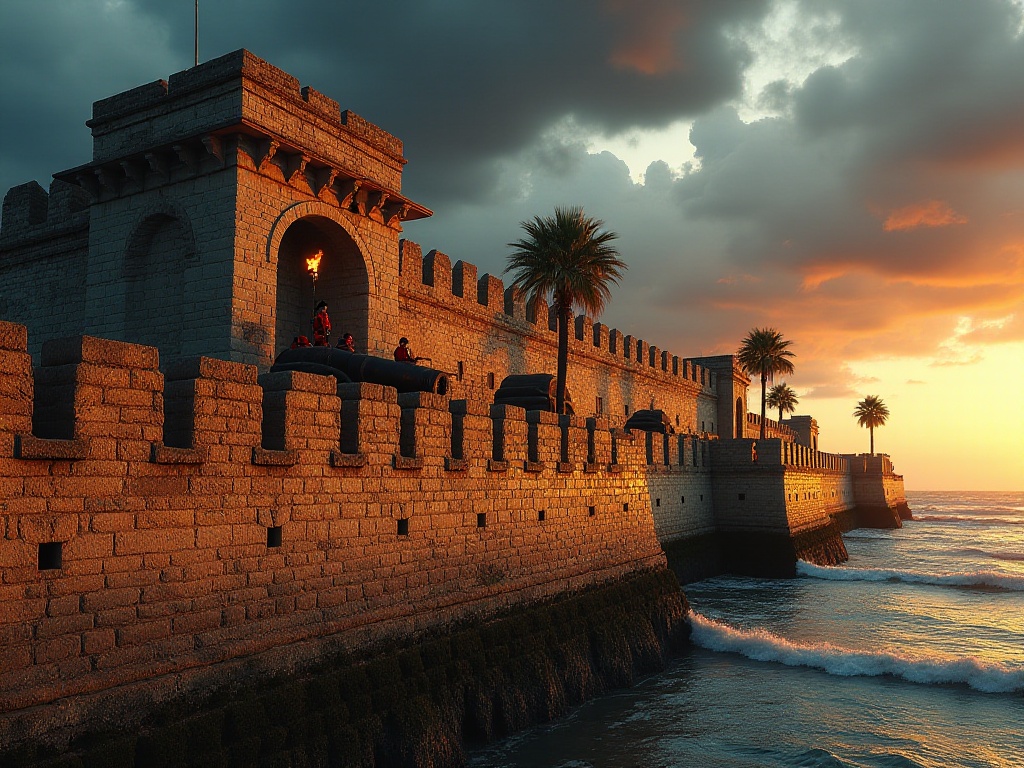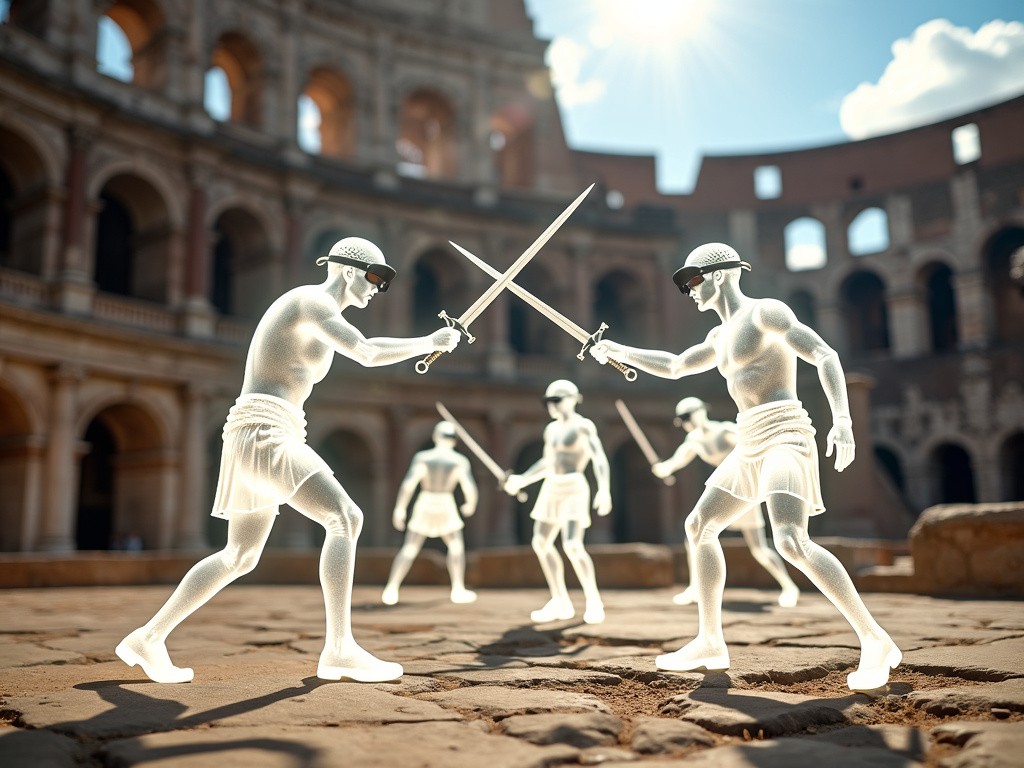First Encounter
Have you ever been captivated by the mysterious red rock city in the "Indiana Jones" movies? That's the ancient city of Petra. In 2023, I finally had the chance to visit this city, recognized as one of the "New Seven Wonders of the World," walk through its narrow winding canyon, and experience the masterpiece left by the Nabataeans two thousand years ago.
The first sight of the Treasury (Al-Khazneh) left an unforgettable impression. In the early morning, we walked along the 1.2-kilometer serpentine canyon, the Siq. The 80-meter-high cliffs on both sides looked as if they had been split by giants, with sunlight casting dappled shadows on the reddish-brown rock walls. After the final turn, the view suddenly opened up - the world-famous rose-red temple appeared before us without warning.
Deep Exploration
The wonder of Petra lies in it being a city that's "half-built, half-carved." About 40% of the ancient city's structures were carved directly into the red sandstone. Walking through the ancient city, you'll discover harmoniously arranged architectural complexes everywhere: temples, theaters, royal tombs, dwellings... They blend seamlessly with the surrounding red and white sandstone, like nature's masterful craftsmanship.
Archaeological findings date Petra back to the 6th century BCE. At its peak, it was home to about 20,000 people. As an important ancient trading center, Petra connected trade routes from China, India, Egypt, Syria, Greece, and Rome. Spices, silk, jewelry, and other luxury goods continuously passed through here to various destinations.
Tracing History
Throughout Petra, you can see the Nabataeans' superior architectural wisdom. They created a unique water system, building reservoirs and aqueduct networks in the arid desert. According to local guides, over 200 water cisterns were discovered in the ancient city, which could supply water to all residents despite annual rainfall of only 150 millimeters.
Most impressive is their construction technique. The Treasury, for example, stands 40 meters tall and was carved entirely from top to bottom. The architects had to calculate every detail precisely, as any mistake in the hard sandstone couldn't be corrected. The columns on the temple's facade are perfectly symmetrical, with intricate decorations on the cornices and pediments - craftsmanship that would be remarkable even today.
Reflection
Walking through Petra's streets makes one contemplate the city's rise and fall. In 106 CE, the Roman Empire absorbed the Nabataean Kingdom. Over the following centuries, Petra gradually declined. When trade routes changed, this once-prosperous commercial center was slowly forgotten. It wasn't until 1812 that Swiss explorer Burckhardt rediscovered this lost ancient city.
Today's Petra receives over a million visitors annually. 2019 data shows tourism accounted for 14% of Jordan's GDP, with a significant portion from Petra. However, the large number of visitors also poses challenges for preservation. According to Jordan's Department of Antiquities, various structures have suffered different degrees of damage over the past decade due to weathering, vibrations, and other factors.
Insights
In Petra, I deeply realized the importance of cultural heritage preservation. This concerns not just the survival of ancient ruins but humanity's shared historical memory. The Jordanian government is taking various measures to protect Petra, including limiting daily visitor numbers, designating no-development zones, and strengthening scientific monitoring.
Did you know? Protecting Petra is a race against time. According to Jordanian antiquities preservation experts, without effective measures, some important structures might deteriorate due to weathering within the next 50 years. This reminds me of similar challenges faced by the Mogao Grottoes in Dunhuang. Finding balance between tourism development and cultural relic preservation is a question every World Heritage site must consider.
Recommendations
If you're planning to visit Petra, I'd like to share some suggestions:
Timing: March-May or September-November are the best seasons. Summer temperatures can exceed 40°C, while winter might bring rain. I went in April, when the weather was comfortable and the visiting experience was great.
Planning: The ancient city covers over 60 square kilometers, so plan at least two days. The first day can be for main attractions, the second for exploring less crowded corners. I found early morning and evening light best for photography, while noon sunlight is too harsh.
Equipment: Wear comfortable non-slip shoes and bring plenty of water. Though there are restaurants and shops in the city, prices are high. I brought some snacks and water, which was economical and convenient.
Deep Experience: If time allows, strongly recommend the "Petra by Night" activity. Held Monday, Wednesday, and Thursday nights, it illuminates the canyon and Treasury with candles, accompanied by traditional Bedouin music, creating a magical atmosphere.
Final Thoughts
On my last day in Petra, I sat for a long time in front of the Treasury. Watching the setting sun turn the sandstone an even deeper red, I imagined caravans passing through here two thousand years ago. This ancient city shows us how human wisdom and creativity can create wonders that amaze future generations, even in the harshest environments.
Petra isn't just an ancient city; it's a mirror reflecting the rise and fall of human civilization. It reminds us that even the most magnificent civilizations need careful protection to continue telling their timeless stories.
Have you visited any memorable ancient sites? Welcome to share your travel stories in the comments. Let's discover more historical surprises together as we explore the world.







